Swallow tail sign (substantia nigra)
Citation, DOI, disclosures and article data
At the time the article was created Andrew Dixon had no recorded disclosures.
View Andrew Dixon's current disclosuresAt the time the article was last revised Rohit Sharma had no financial relationships to ineligible companies to disclose.
View Rohit Sharma's current disclosures- Swallow tail appearance
- Absent swallow tail sign
The swallow tail sign describes the normal axial imaging appearance of a hyperintensity within the substantia nigra on high-resolution T2*/SWI weighted MRI. It was previously thought that this sign was caused by nigrosome-1, but this has not been found to be correct in subsequent studies, and thus, presence or absence of the swallow tail sign and nigrosome-1 should not be used synonymously.
On this page:
Terminology
This is one of those radiological signs where its presence is normal. A normal-appearing substantia nigra is reminiscent of a swallow's tail. If the normal hyperintensity is lost on SWI, the split-tail appearance is lost and this should, therefore, be reported as an "absent swallow tail sign".
Pathology
The cause for the swallow tail sign is unclear. It was initially postulated that nigrosome-1, which is present within the posterior third of the substantia nigra, had a high signal on axial SWI in a linear or comma shape. This, when surrounded anteriorly, laterally and medially by low SWI signal intensity, was thought to lead to the resemblance of the distinctive split tail of a swallow 5. However, since that initial hypothesis, multiple studies have shown that the hyperintensity on SWI only partially corresponds to nigrosome-1 in autopsy analyzes, and thus there are likely to be other contributors to this sign 5.
It has been described that in Parkinson disease there is loss of nigrosome-1 5, and it on this basis that an absence of the swallow tail sign has been proposed as a useful radiographic sign in Parkinson disease. While the absent swallow tail sign does seem to be potentially useful in Parkinson disease, as aforementioned, nigrosome-1 does not fully account for the hyperintensity of the swallow tail sign 5, and thus loss of nigrosome-1 may not fully account for the absent swallow tail sign either.
ADVERTISEMENT: Supporters see fewer/no ads
Radiographic features
MRI
It is important to note that adequate visualization of the swallow tail sign requires targeted 3D high-resolution SWI. In the original publication the parameters were:
FEEPI, TR/TE 60/30, echo train length 5, flip angle 19°
number of slices: 70
voxel size 0.55 x 0.55 x 0.7 mm
Interpretation
Absence of the sign (absent swallow tail sign) is reported to have a diagnostic accuracy of greater than 90% for Parkinson disease and dementia with Lewy bodies 1,2,4. In the original description, the negative predictive value was 100% 1 and for dementia with Lewy bodies 89% 2.
Quiz questions
References
- 1. Schwarz ST, Afzal M, Morgan PS et-al. The 'swallow tail' appearance of the healthy nigrosome - a new accurate test of Parkinson's disease: a case-control and retrospective cross-sectional MRI study at 3T. PLoS ONE. 2014;9 (4): e93814. doi:10.1371/journal.pone.0093814 - Free text at pubmed - Pubmed citation
- 2. Shams S, Fällmar D, Schwarz S, Wahlund L-O, van Westen D, Hansson O, Larsson E-M, Haller S. MRI of the Swallow Tail Sign: A Useful Marker in the Diagnosis of Lewy Body Dementia?. American Journal of Neuroradiology. 38 (9): 1737. doi:10.3174/ajnr.A5274 - Pubmed
- 3. Zecca L, Casella L, Albertini A et-al. Neuromelanin can protect against iron-mediated oxidative damage in system modeling iron overload of brain aging and Parkinson's disease. J. Neurochem. 2008;106 (4): 1866-75. doi:10.1111/j.1471-4159.2008.05541.x - Pubmed citation
- 4. Cheng Z, Zhang J, He N, Li Y, Wen Y, Xu H, Tang R, Jin Z, Haacke EM, Yan F, Qian D. Radiomic Features of the Nigrosome-1 Region of the Substantia Nigra: Using Quantitative Susceptibility Mapping to Assist the Diagnosis of Idiopathic Parkinson's Disease. (2019) Frontiers in aging neuroscience. 11: 167. doi:10.3389/fnagi.2019.00167 - Pubmed
- 5. Brammerloh M, Kirilina E, Alkemade A et al. Swallow Tail Sign: Revisited. Radiology. 2022;:212696. doi:10.1148/radiol.212696 - Pubmed
Incoming Links
Related articles: Inspired signs
-
inanimate object inspired[+][+]
- accordion sign
- astronomical inspired
- ball of wool sign
- ball on tee sign (renal papillary necrosis)
- boot-shaped heart
- bowler hat sign
- bow tie sign
- box-shaped heart
- bucket handle appearance (disambiguation)
- chain of lakes sign
- champagne glass pelvis
- cobblestone appearance
- Coca-Cola bottle sign
- cockade sign (disambiguation)
- coin lesion
- collar button ulcer
- comb sign
- corduroy artifact
- corduroy sign
-
corkscrew sign (disambiguation)
- corkscrew sign (diffuse esophageal spasm)
- corkscrew sign (inner ear)
- corkscrew sign (midgut volvulus)
- crazy paving sign
- cupola sign
- curtain sign (lung ultrasound)
- dinner fork deformity
- dripping candle wax sign
- finger in glove sign
- fishhook ureters
- flame-shaped breast (gynecomastia)
- football sign (pneumoperitoneum)
- frozen pelvis
- ghost triad (gallbladder)
- ghost vertebra
- goblet sign
- ground glass opacity
- hockey stick sign (disambiguation)
- horseshoe (disambiguation)
- hourglass sign
- hurricane sign (cardiac SPECT)
- jail bar sign
- keyhole sign (disambiguation)
- leather bottle stomach
- light bulb sign (disambiguation)
- Lincoln log vertebra
- Mercedes-Benz sign (disambiguation)
- misty mesentery sign
- mosaic appearance (disambiguation)
- napkin ring sign
- open book fracture
- pearl necklace sign
- pencil in a cup
- picture frame vertebral body
- polka-dot sign
- rachitic rosary
- ribbon rib deformity
- ring shadow
- rugger jersey spine
- sack of marbles sign
- sail sign (disambiguation)
- scalpel sign
- spilled teacup sign
- stepladder sign (disambiguation)
-
string of pearls sign (disambiguation)
- string of pearls sign (abdominal radiograph of small bowel)
- string of pearls sign (polycystic ovarian syndrome)
- string of pearls sign (fibromuscular dysplasia)
- string of pearls sign (watershed infarction)
- Tam o' Shanter sign
- telephone receiver deformity
- thimble bladder
- tombstone iliac wings
- Venetian blind sign
- Venus necklace sign
- water bottle sign
-
weapon and munition inspired signs
- arrowhead sign
- bayonet artifact
- bayonet deformity
- boomerang sign (disambiguation)
- bullet-shaped vertebra
- cannonball metastases
- Cupid bow contour
- dagger sign
- double barrel sign
- halberd pelvis
- hatchet sign
- panzerherz
- pistol grip deformity
- saber-sheath trachea
- scimitar syndrome
-
target sign (disambiguation)
- double target sign (hepatic abscess)
- eccentric target sign (cerebral toxoplasmosis)
- reverse target sign (cirrhotic nodules)
- target sign (cholangiocarcinoma)
- target sign (choledocholithiasis)
- target sign (hepatic metastases)
- target sign (intussusception)
- target sign (neurofibromas)
- target sign (pyloric stenosis)
- target sign (tuberculosis)
- trident appearance
- Viking helmet sign
- white pyramid sign
- windswept knees
- wine bottle sign
-
vegetable and plant inspired[+][+]
- aubergine sign
- bamboo spine
- blade of grass sign
- celery stalk appearance (disambiguation)
- coconut left atrium
- coffee bean sign
- cotton wool appearance
- drooping lily sign
- ginkgo leaf sign (disambiguation)
- holly leaf sign
- iris sign
- ivy sign
- miliary opacities
- mistletoe sign
- onion signs (disambiguation)
- pine cone bladder
-
popcorn calcification (disambiguation)
- popcorn calcification (breast)
- popcorn calcification (chondroid lesions)
- popcorn calcification (fibrous dysplasia)
- popcorn calcification (osteogenesis imperfecta)
- popcorn calcification (pulmonary hamartomas)
- popcorn calcification (uterine fibroid)
- potato nodes
- rice signs (disambiguation)
- salt and pepper sign (disambiguation)
- tombstone iliac wings
- tree-in-bud
- tulip sign
- water lily sign
-
fruit inspired[+][+]
- apple core sign (disambiguation)
- apple-peel intestinal atresia
- banana and egg sign
- banana fracture
- banana sign
- berry aneurysm
- bowl of grapes sign
-
bunch of grapes sign (disambiguation)
- bunch of grapes sign (hydatidiform mole)
- bunch of grapes sign (bronchiectasis)
- bunch of grapes sign (IPMN)
- bunch of grapes sign (botryoid rhabdomyosarcoma)
- bunch of grapes sign (intracranial tuberculoma)
- bunch of grapes sign (intraosseous hemangiomas)
- bunch of grapes sign (multicystic dysplastic kidney)
- cashew nut sign
- lemon sign
- pear-shaped bladder
- strawberry gallbladder
- strawberry skull
- watermelon skin sign
-
animal and animal produce inspired
- human[+][+]
- mammals[+][+]
- anteater nose sign
- antler sign
- batwing opacities
- bear paw sign
- beaver tail liver
- Brahma bull sign
- buffalo chest
- bull's eye sign (disambiguation)
- bunny waveform sign
- claw sign
- dog ear sign
- dog leg sign
- dromedary hump
- ears of the lynx sign
- eye of tiger sign
- feline esophagus
- giraffe pattern
- hidebound sign
- ivory phalanx
- ivory vertebra sign
- joint mouse
- leaping dolphin sign
- leopard skin sign
- moose head appearance
- panda sign
- piglet sign
- pleural mouse
- raccoon eyes sign
- rat bite erosions
- rat-tail sign
- Scottie dog sign
- Snoopy sign
- stag's antler sign
- staghorn calculus
- tiger stripe sign
-
zebra sign (disambiguation)
- zebra sign: (cerebellar hemorrhage)
- zebra spleen: arterial phase (spleen)
- zebra stripe sign (osteogenesis imperfecta)
- amphibians[+][+]
- birds
- bird beak sign (disambiguation)[+][+]
- bird's nest sign (lung)
- crow feet sign
- egg on a string sign
- eggshell calcification (breast)
- eggshell calcification (lymph nodes)
- gooseneck sign (endocardial cushion defect)
- gull wing appearance
- hummingbird sign
- owl eyes sign
- pooping duck sign
- sitting duck appearance
- swallowtail sign
- swan neck deformity
- winking owl sign
- fish and marine life[+][+]
- reptiles[+][+]
- arthropods[+][+]
- micro-organisms[+][+]
- fictional creatures[+][+]
-
food inspired[+][+]
- Cheerio sign (disambiguation)
- chocolate cyst
- cottage loaf sign
- double Oreo cookie (glenoid labrum)
- doughnut sign (disambiguation)
- hamburger sign (spine)
- head cheese sign (lungs)
- honeycombing (lungs)
- hot cross bun sign (pons)
- ice cream cone sign (middle ear ossicles)
- ice cream cone sign (vestibular schwannoma)
- licked candy stick appearance (bones)
- linguine sign (breast implants)
- macaroni sign
- omental cake
- Oreo cookie (heart)
- pancake organ (disambiguation)
- Polo mint sign
- salad oil sign (breast implants)
- sandwich sign (disambiguation)
- sandwich vertebra
- sausage digit
- spaghetti sign
- Swiss cheese sign
-
alphabet inspired[+][+]
- A line (US artifact)
- C sign (MSK)
- delta sign (disambiguation)
- E sign
- H-shaped vertebra
- H sign
- J-shaped sella
- J sign (shoulder)
- L sign (brain)
- lambda sign (disambiguation)
- M sign
- omega epiglottis
- O sign (gastric banding)
- P sign (epiglottis)
- S sign of Golden
- tau sign
- T sign (disambiguation)
- U fibers
- U-figure (pelvis)
- U sign (brain)
- V sign (disambiguation)
- W hernia
- X-marks-the-spot sign
- Y sign (epidural lipomatosis)
- Z deformity
-
Christmas inspired[+][+]
- Christmas tree bladder in neurogenic bladder
- holly leaf sign in calcified pleural plaques
- ivy sign in leptomeningeal enhancement
- nutcracker esophagus in esophageal dysmotility
- shepherd's crook deformity of the femur in fibrous dysplasia
- snowcap sign in avascular necrosis
- snowman sign (disambiguation)
- snowstorm appearance in complete hydatidiform mole and testicular microlithiasis
- miscellaneous[+][+]


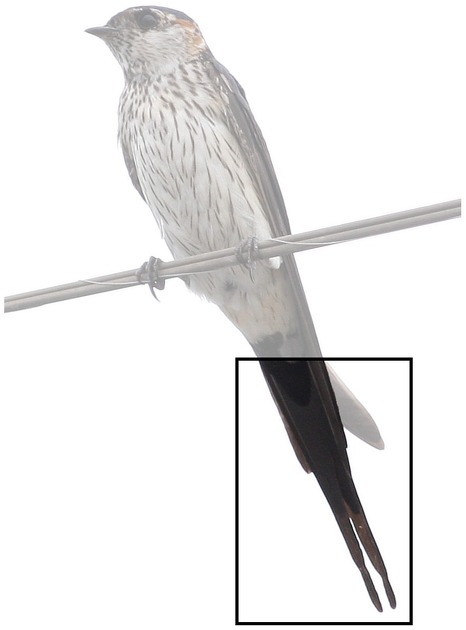
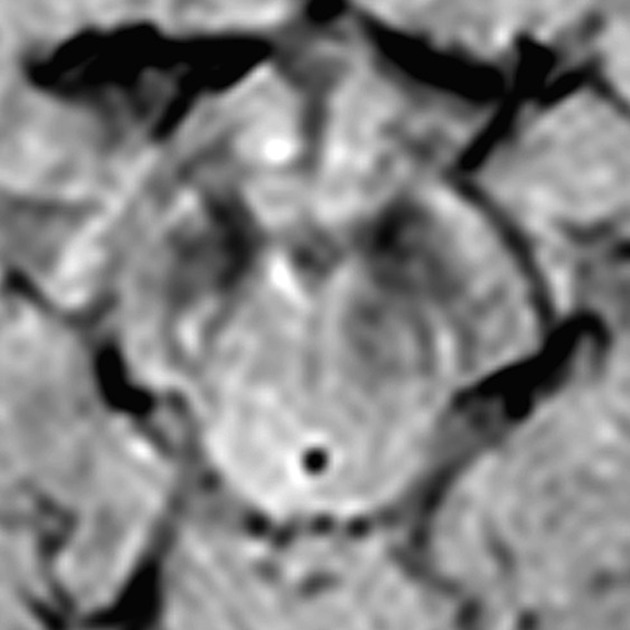
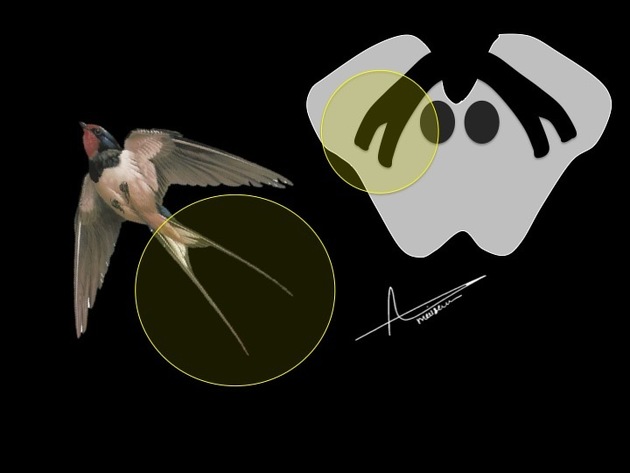
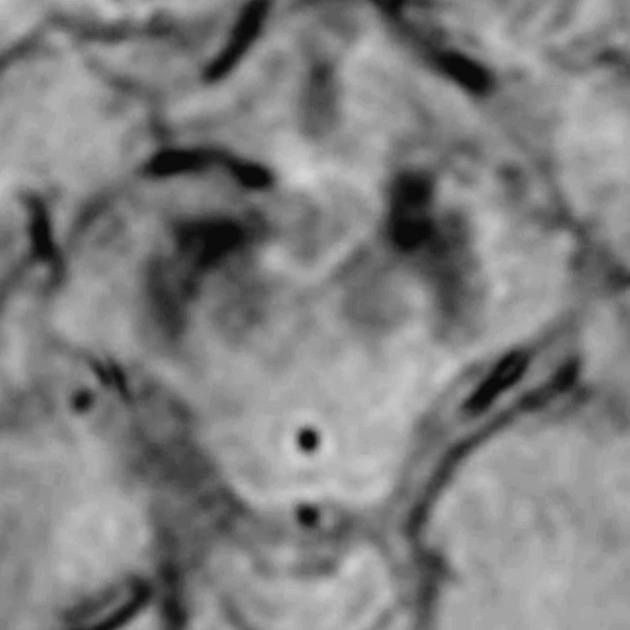

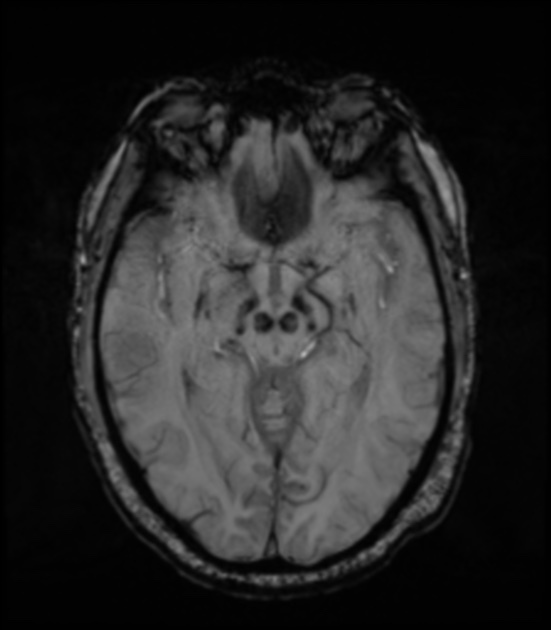


 Unable to process the form. Check for errors and try again.
Unable to process the form. Check for errors and try again.